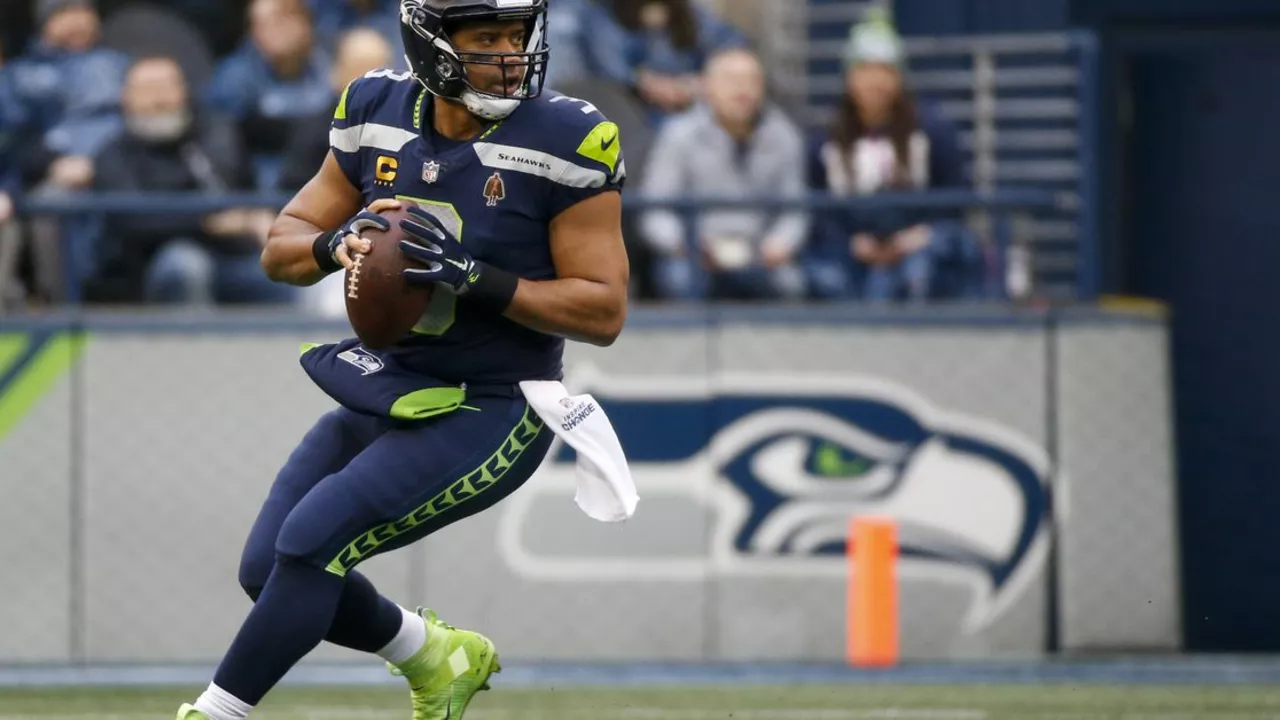Why We Call Some Quarterbacks the "Worst QB" and What It Means
Every football fan has seen a quarterback throw a pick, fumble the ball, or just disappear on the field. When this happens a lot, the nickname "worst QB" sticks. It isn’t just about one bad game – it’s about patterns that show a player can’t handle the pressure, read defenses, or lead a team.
First off, look at the numbers. A high interception rate, a low completion percentage, and a negative passer rating are red flags. Add a lack of wins and you start building a picture of a quarterback who’s hurting his team more than helping.
Common Mistakes That Land a QB in the "Worst" Category
One big mistake is forcing throws into tight coverage. When a quarterback tries to make a big play from the pocket and ends up with a pick, the turnover swings momentum fast. Another problem is taking cheap sacks. If a QB holds the ball too long, it shows he’s not reading the rush or he’s too hesitant, and the defense will punish him.
Decision‑making under pressure is another huge factor. The best QBs have a quick, confident process: they scan the defense, spot the open receiver, and release the ball. The worst QBs hesitate, second‑guess themselves, and end up making the wrong play. Over the years, players like Ryan Leaf and JaMarcus Russell became textbook examples of this—high draft hype, but a career full of interceptions, low completion rates, and few wins.
How to Spot a Potentially Bad QB Before the Season Starts
Fans don’t have to wait a full season to know if a QB might end up on the "worst" list. Look at college performance: did the player thrive against top defenses or just pad stats against weak teams? Check the interview tape—does he sound confident or unsure? Finally, pay attention to the offensive line. Even a decent QB will look terrible behind a porous line that gives up constant pressure.When a new starter gets the nod, keep an eye on his first few games. If he’s throwing more interceptions than touchdowns, completing under 55% of his passes, and the team’s losing streak continues, it’s a sign the quarterback might be heading toward the worst QB conversation.
That doesn’t mean the story is over. Some QBs turn things around with a new coaching staff, better protection, or just a shift in mindset. But until those changes happen, fans can expect the same frustrations: missed throws, blown leads, and endless debates about whether the team should keep giving the player another chance.
In the end, the "worst QB" label is a mix of stats, on‑field habits, and the impact on wins. It’s a useful shortcut for fans who want to quickly identify which quarterbacks need a big upgrade or a fresh start elsewhere. By watching the numbers, the decision‑making, and the surrounding support, you can spot a potential disaster before it turns into a full‑blown season of disappointment.
Is Russell Wilson the worst QB to win a Super Bowl?

